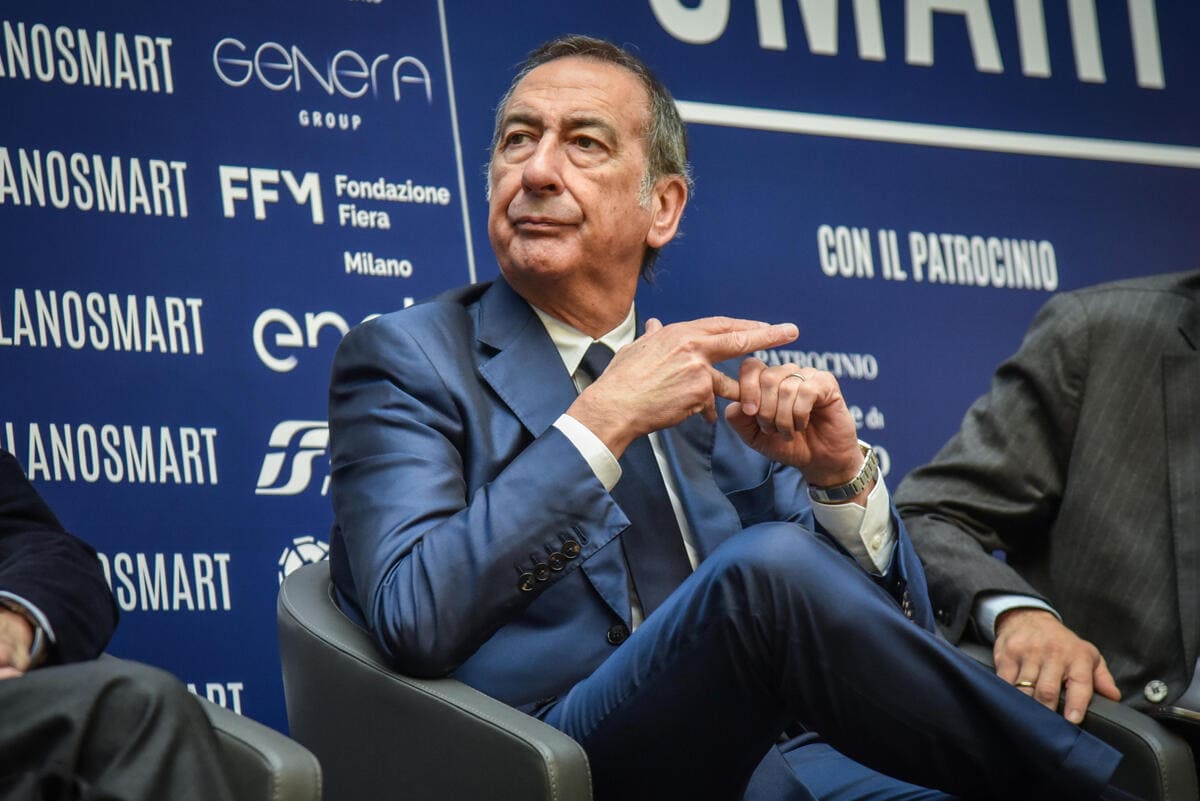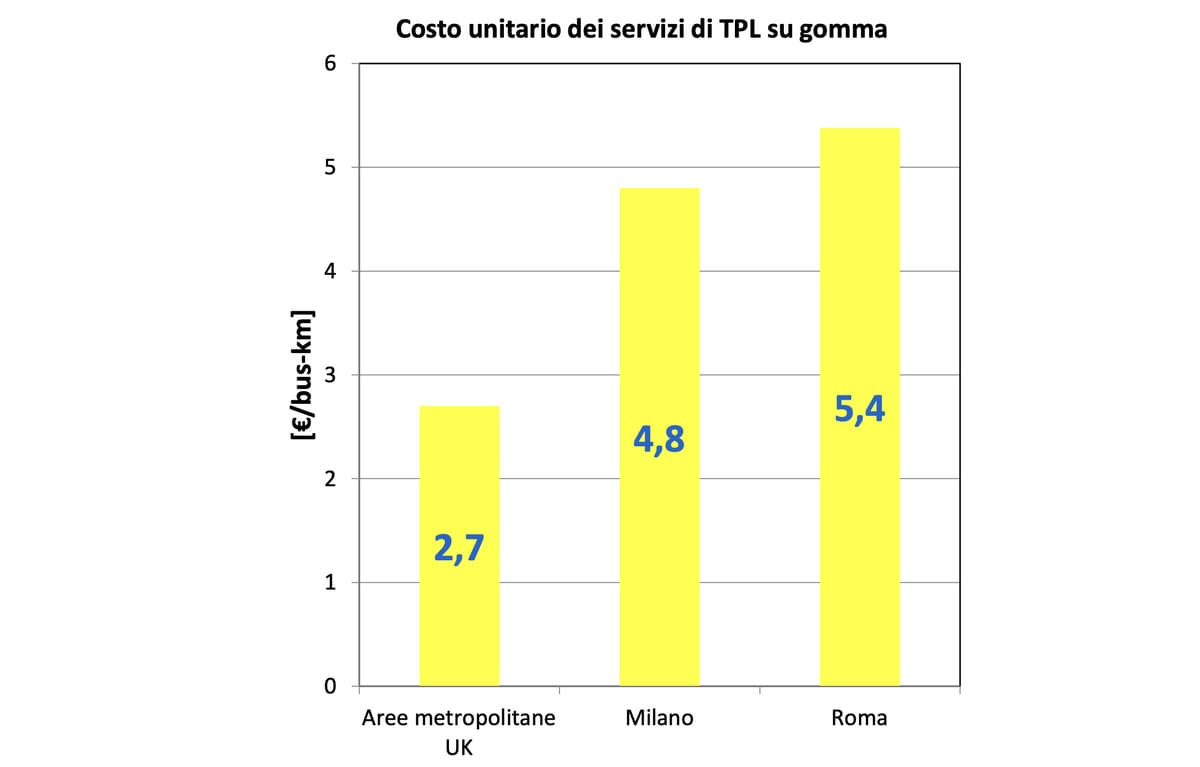
Milan Mayor Beppe Sala recently made headlines by suggesting that Area C charges should also apply on weekends. This move is seen as necessary to balance the city’s budget, with public transportation costs rising due to expanding metro networks and lack of additional government funding.
The Costs of Metro in Milan
Annually, Milan spends around 740 million euros on buses, trams, and the existing metro lines. With new additions like Line 5 and upcoming Line 6, the total expenses come close to a billion euros, a significant portion of which is not covered by ticket sales, but rather by external sources.
Mayor Sala’s proposal raises questions on who should bear the brunt of these costs. Should it be all Italian taxpayers or should the burden be shared by those who directly benefit from these services?
Improving public transportation not only reduces pollution but also eases traffic congestion. By making car usage more expensive in dense areas like with Area C, people are incentivized to use public transport, leading to smoother traffic flow.
Privatizing Public Transport: The UK Example
Instead of increasing charges, the city should focus on reducing production costs by taking cues from the UK’s privatization of public transportation. Liberalizing the transport sector led to more cost-effective services and less reliance on public subsidies.
While Mayor Sala aims to generate additional revenue through Area C, the projected income is minimal compared to the overall transport expenses. Perhaps, it’s time to rethink the approach and consider alternative solutions that prioritize efficiency and cost-effectiveness.




